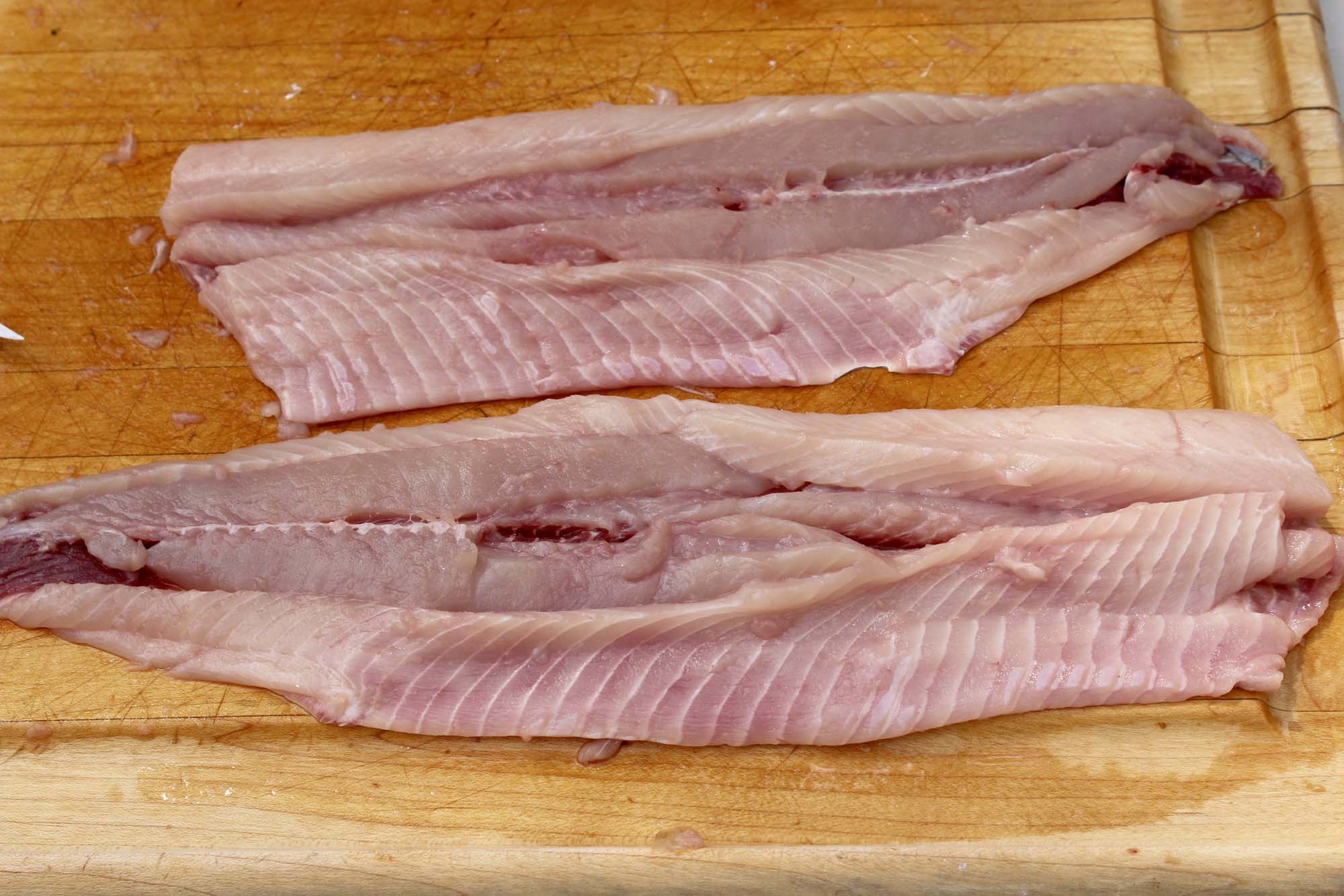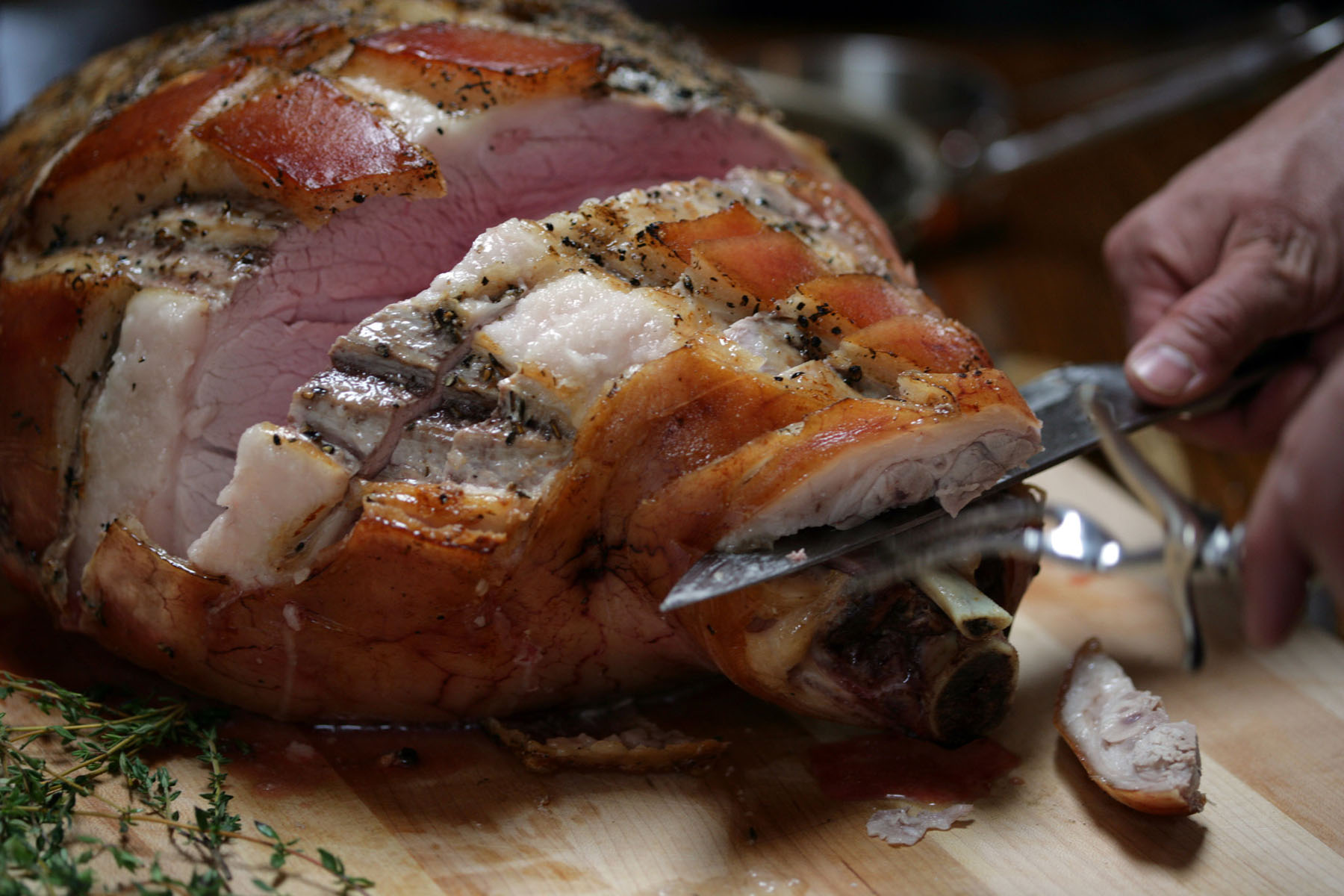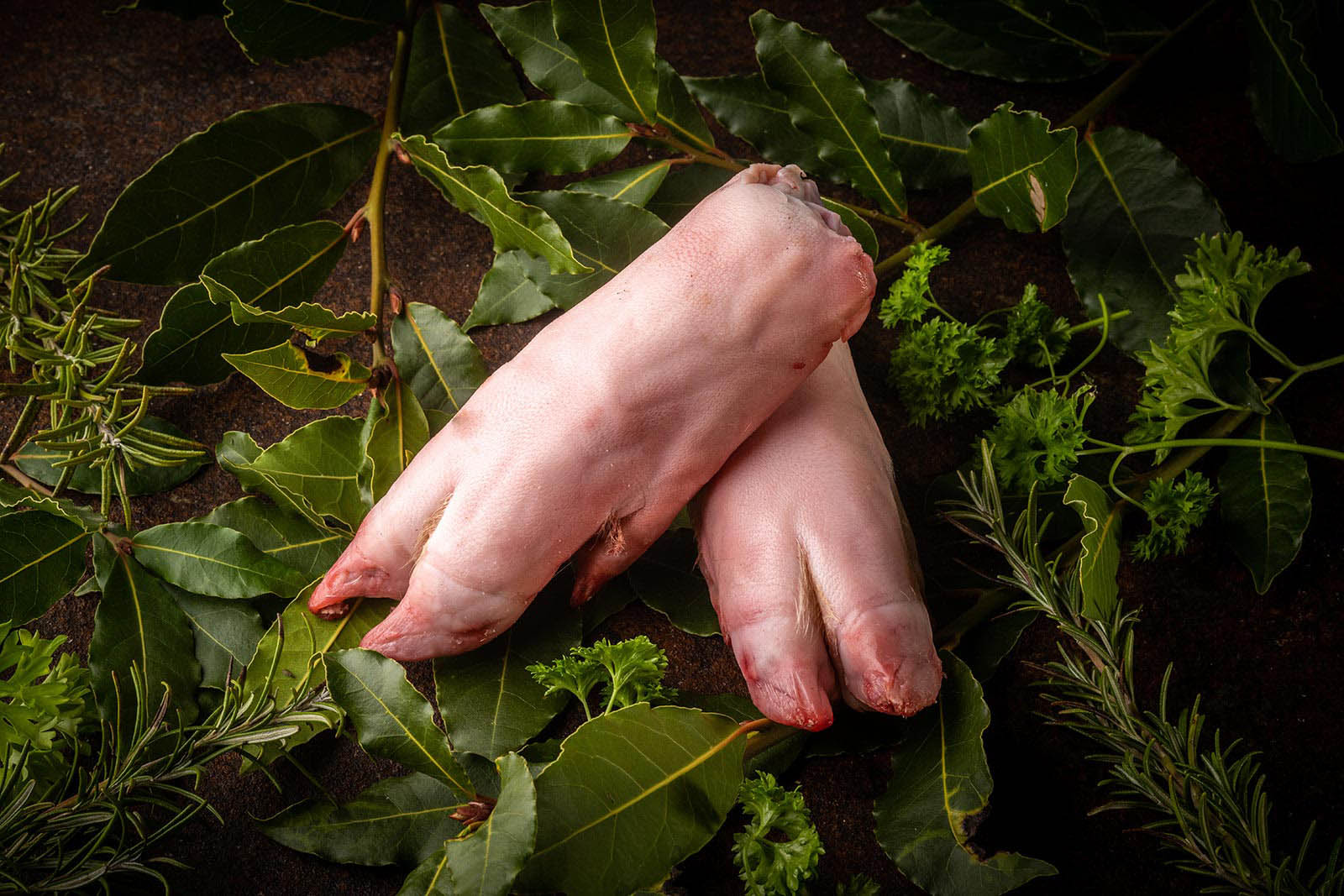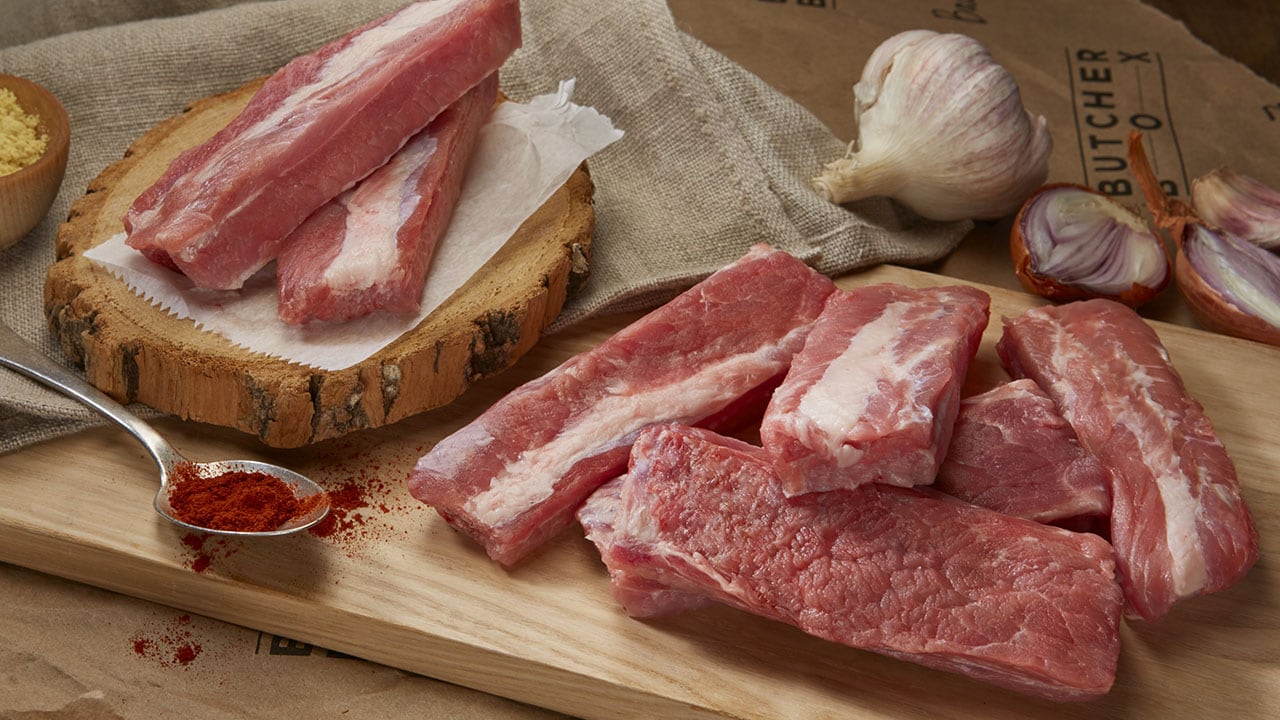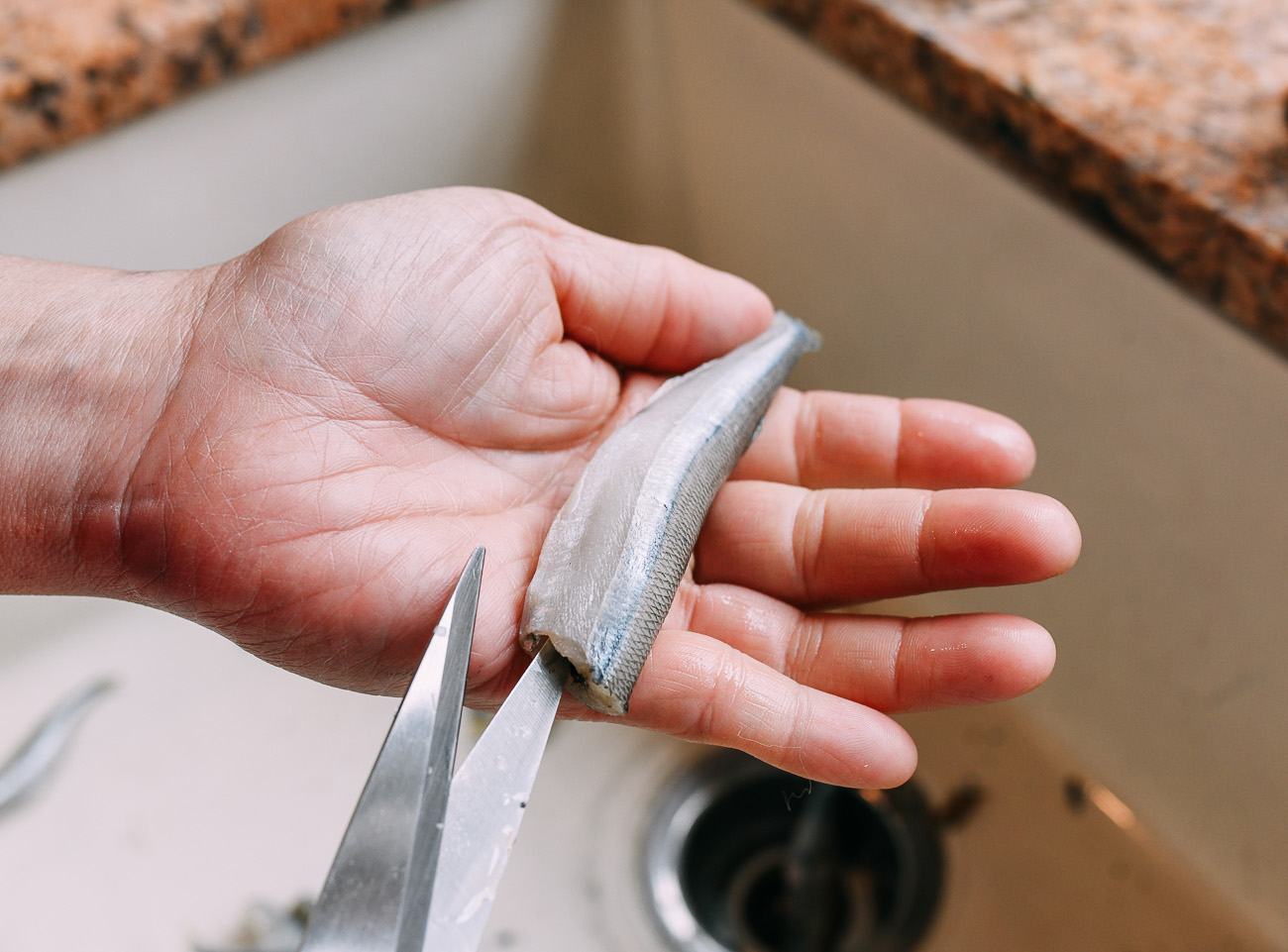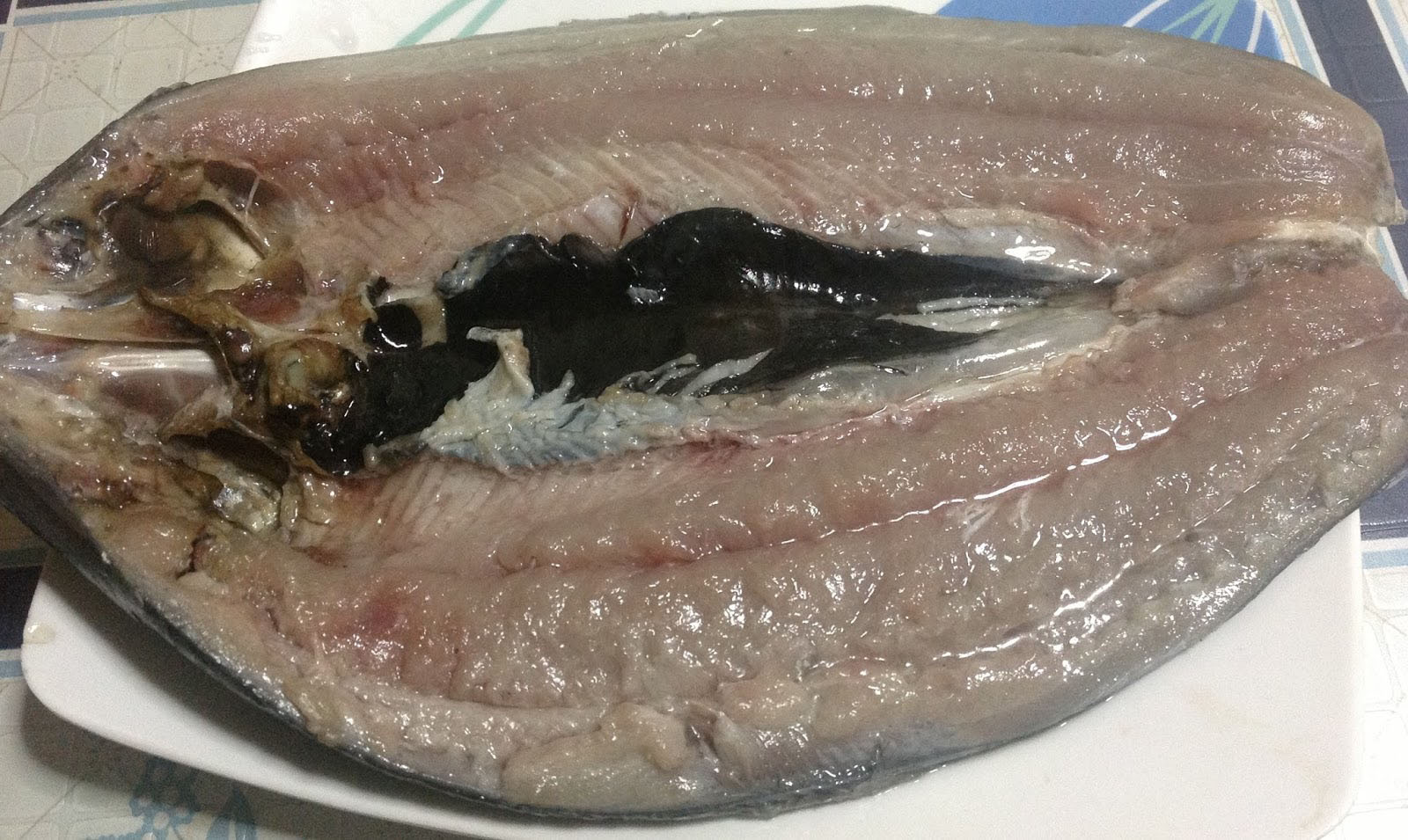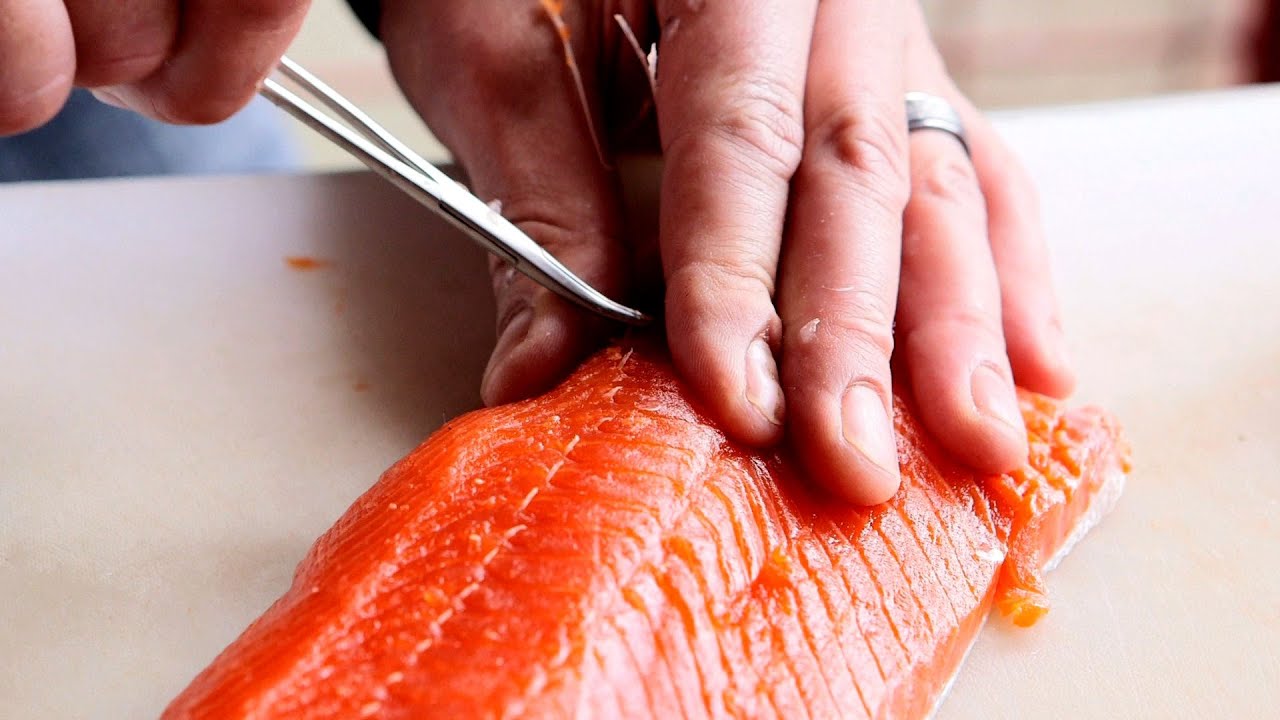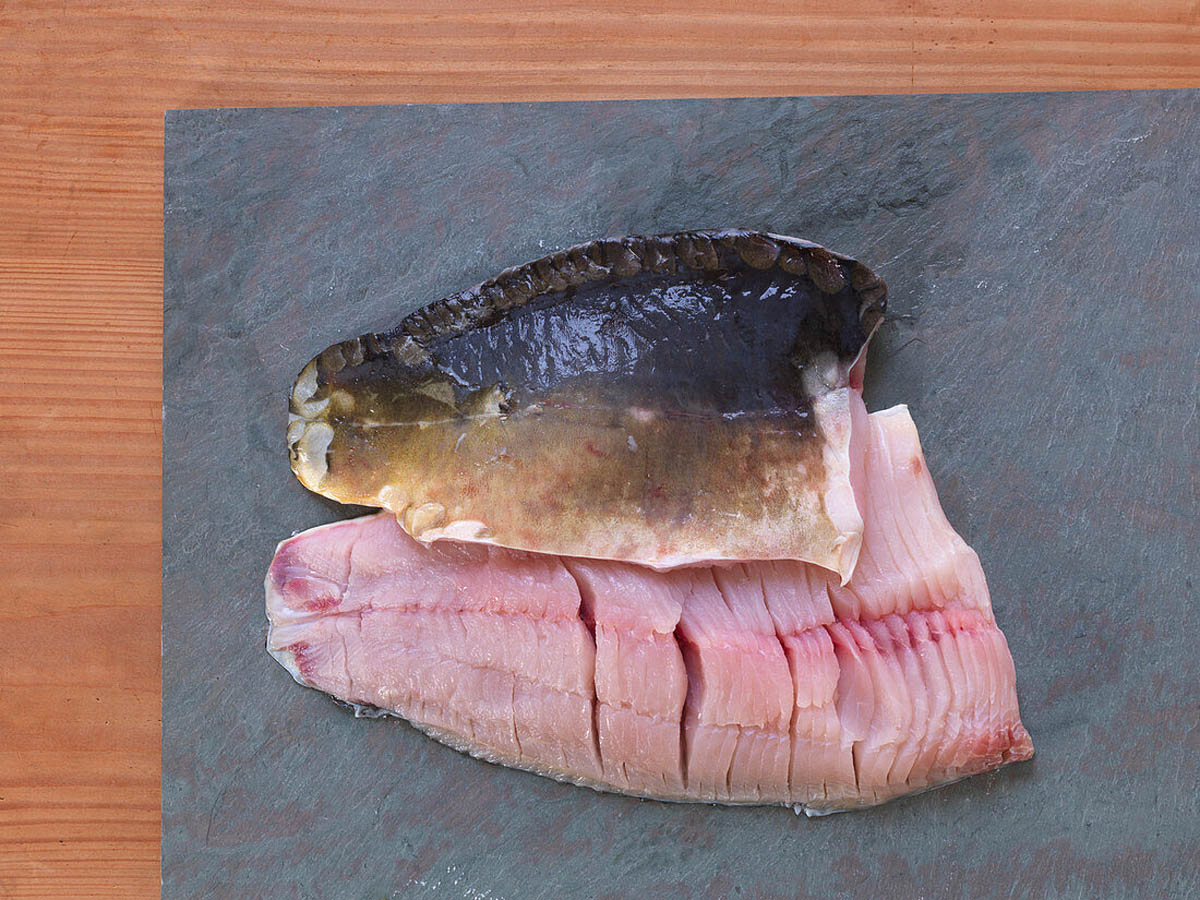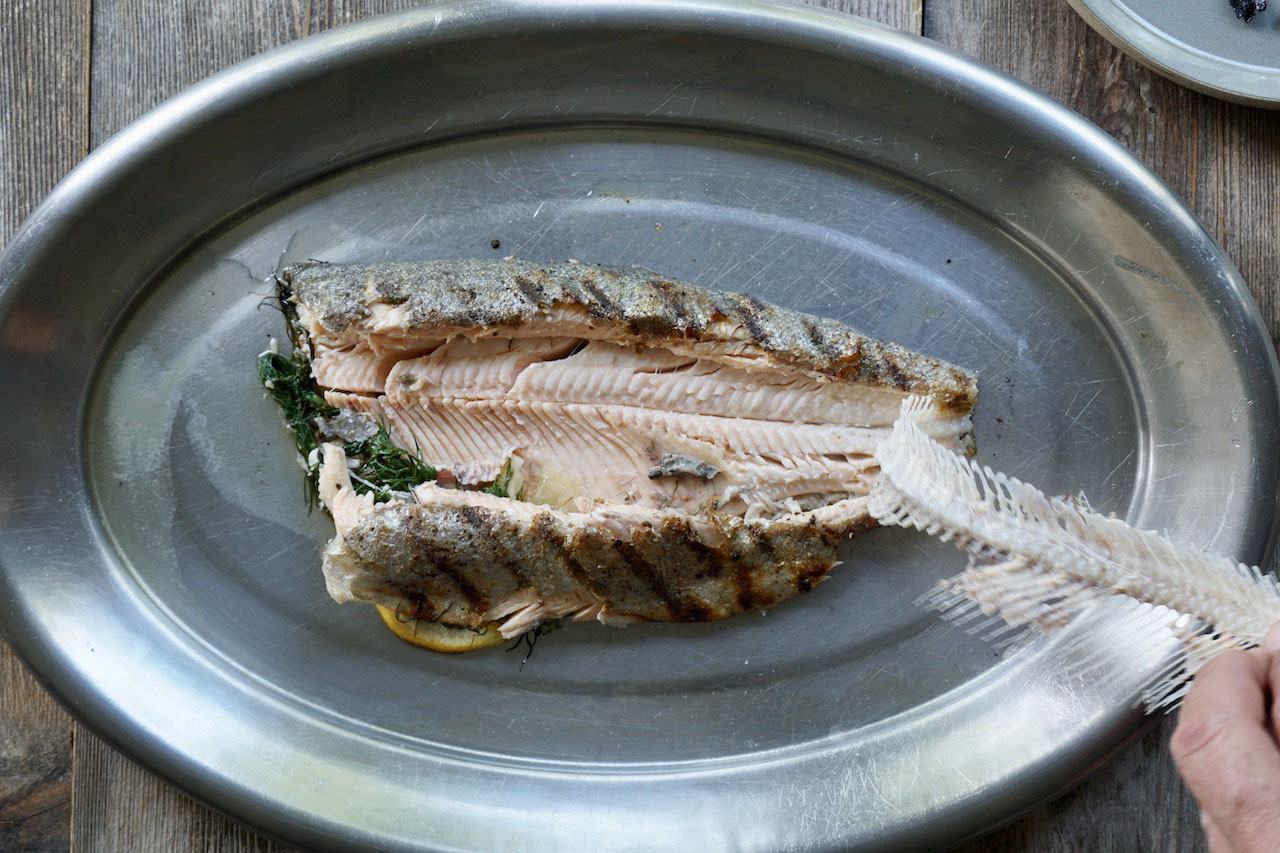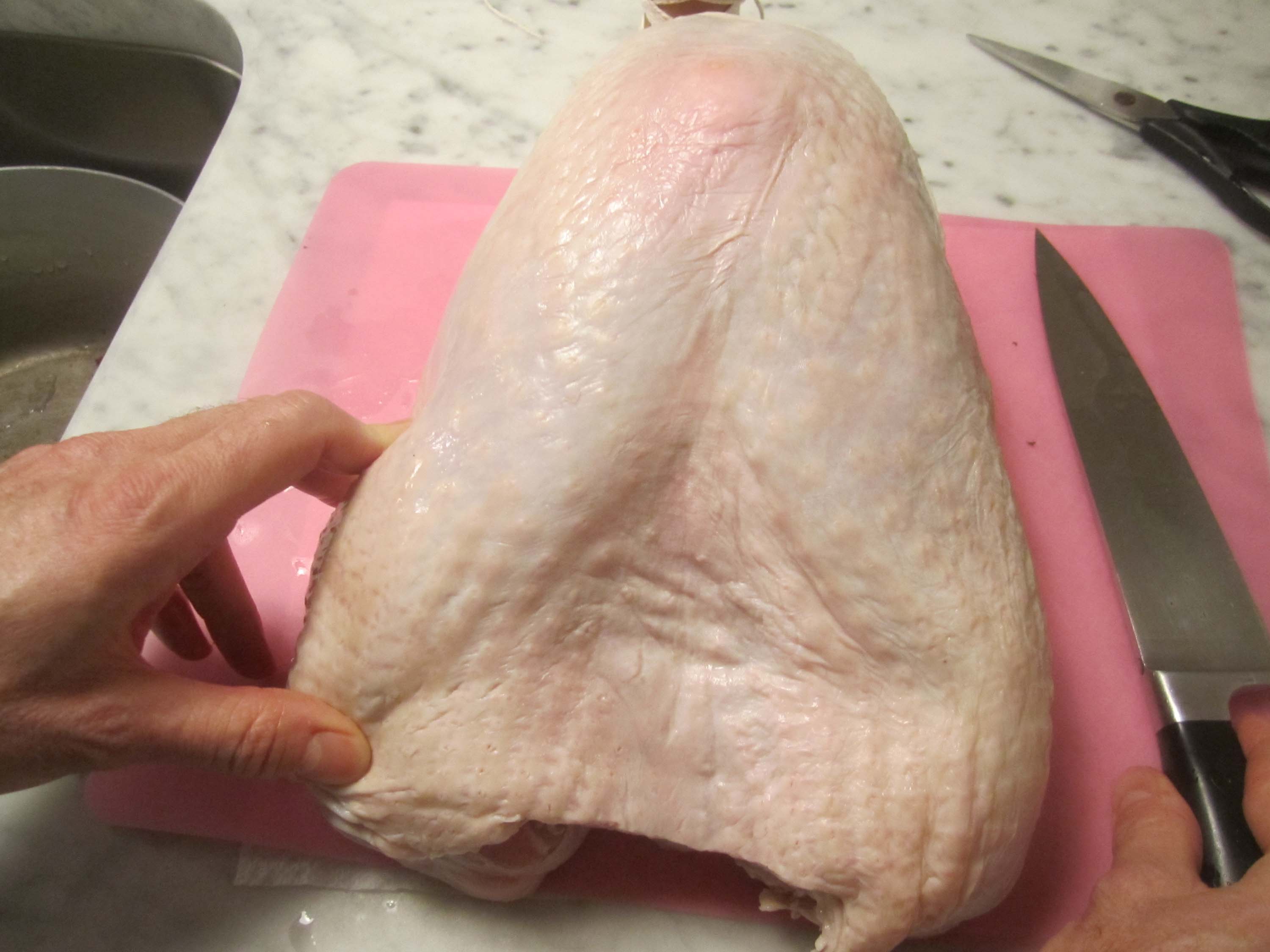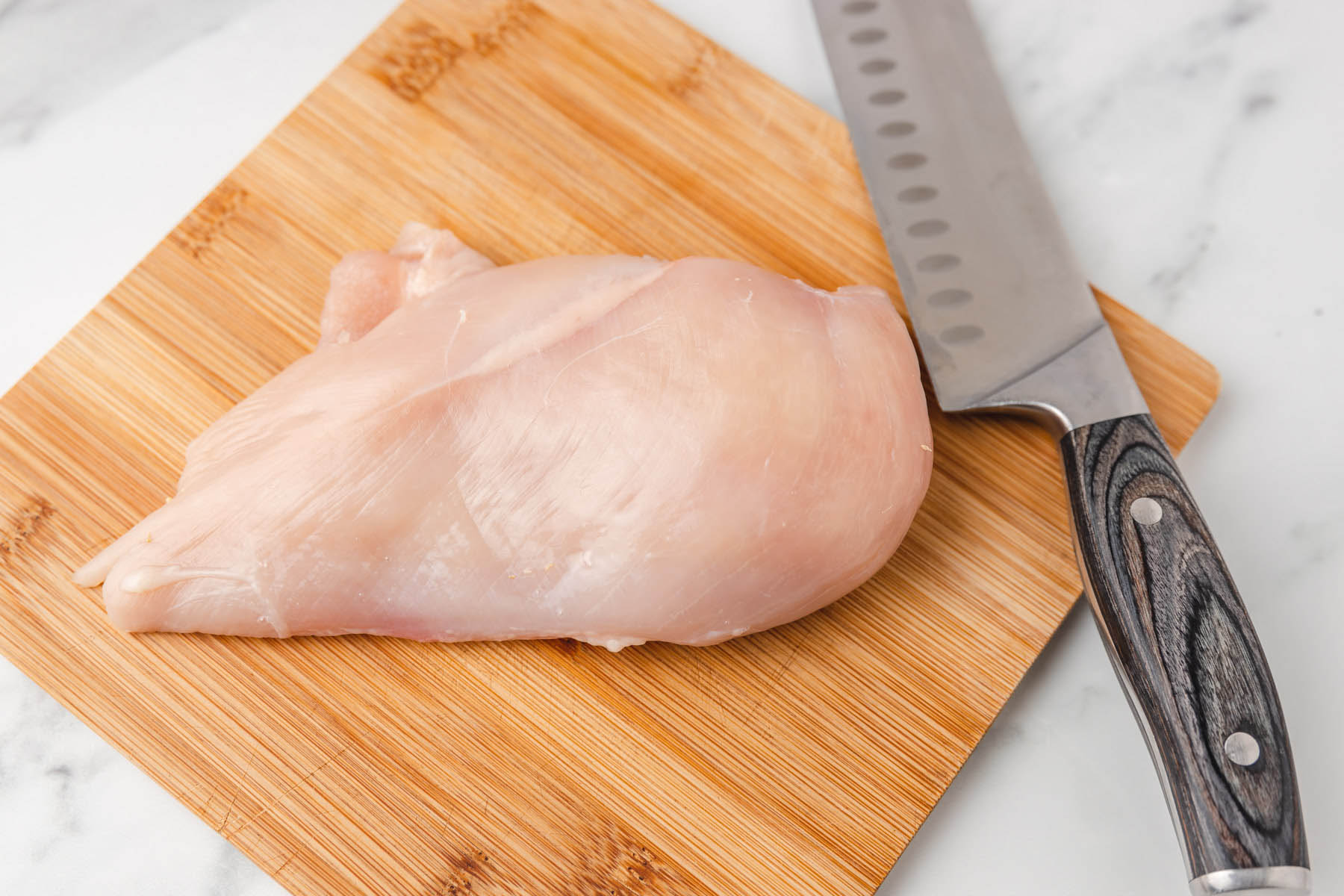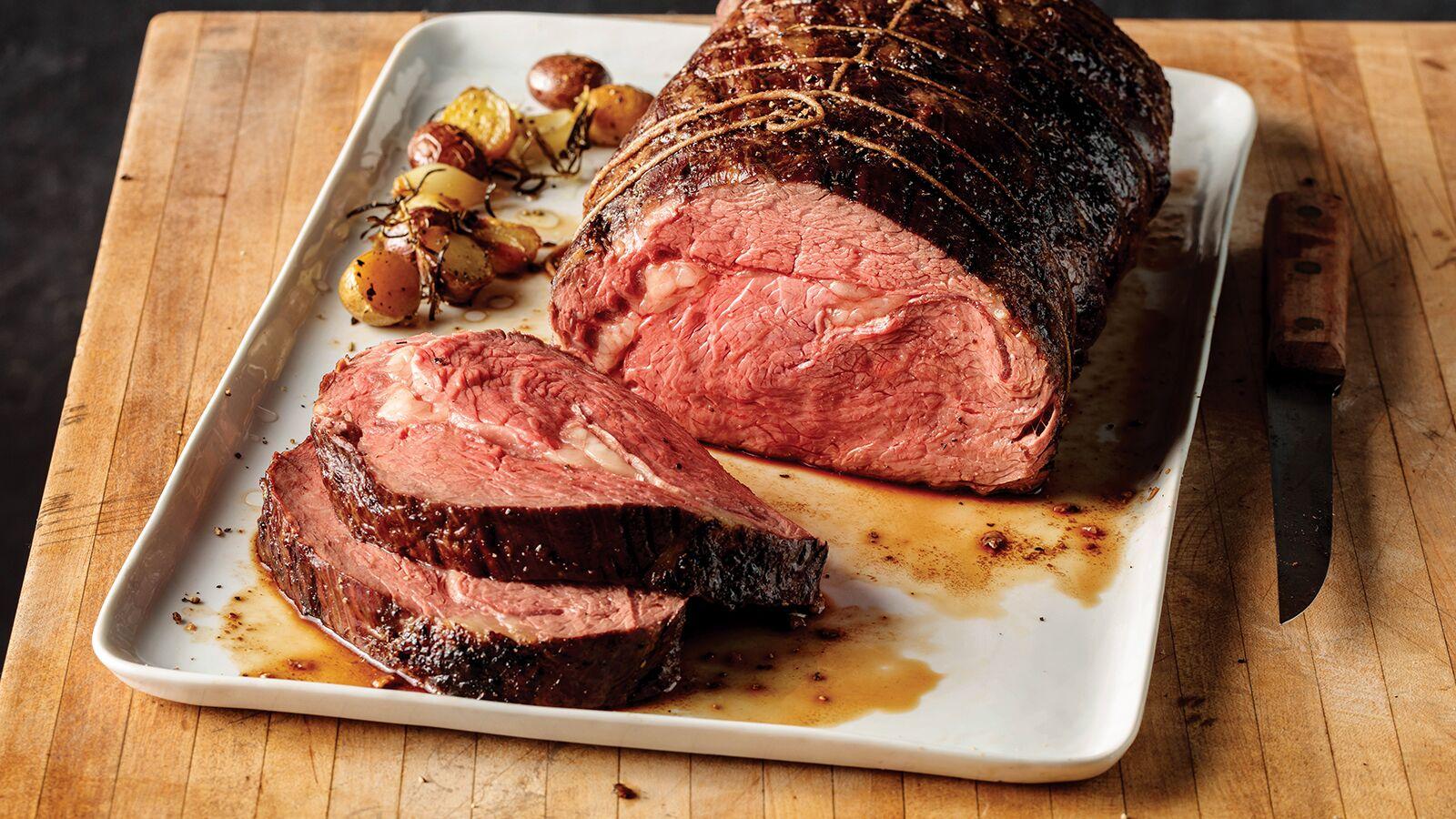How to Prepare Squirrel Tail for Cooking
For those who enjoy hunting and cooking game, preparing squirrel tail can be a rewarding experience. Squirrel tail can be a flavorful and unique addition to your culinary repertoire, and learning how to debone it properly is essential for creating delicious dishes. Here’s a step-by-step guide on how to debone a squirrel tail for cooking:
1. Gather Your Tools
Before you begin, make sure you have the necessary tools on hand. You will need a sharp boning knife, a cutting board, and a pair of kitchen shears. Having these tools readily available will make the deboning process much easier.
2. Remove the Skin
Start by removing the skin from the squirrel tail. Use the kitchen shears to carefully cut along the length of the tail, peeling the skin away as you go. Take your time to ensure that you remove the skin without damaging the meat underneath.
3. Locate the Bones
Once the skin is removed, you will need to locate the bones within the squirrel tail. Gently feel along the tail to identify the bone structure. The bones will run along the length of the tail, and you will need to carefully separate the meat from the bones.
4. Debone the Tail
Using the sharp boning knife, carefully cut along the sides of the bones to separate the meat. Take care to remove as much meat as possible from the bones, as this will ensure that you get the most out of the tail for cooking.
5. Trim and Clean the Meat
Once the meat is removed from the bones, take the time to trim away any excess fat or connective tissue. This will help ensure that the meat cooks evenly and results in a more enjoyable texture. Rinse the meat under cold water to remove any remaining debris.
6. Prepare for Cooking
Now that the squirrel tail has been deboned and cleaned, it is ready to be prepared for cooking. You can marinate the meat, season it with your favorite spices, or incorporate it into a recipe of your choice. Squirrel tail can be grilled, roasted, or stewed to create a variety of delicious dishes.
With these simple steps, you can successfully debone a squirrel tail and prepare it for cooking. Whether you’re a seasoned hunter or simply looking to expand your culinary skills, working with squirrel tail can provide a unique and flavorful dining experience. So, the next time you’re in the kitchen, consider trying your hand at preparing squirrel tail for a truly wild dining adventure!
Was this page helpful?
Read Next: How To Debone Baby Back Pork Ribs
